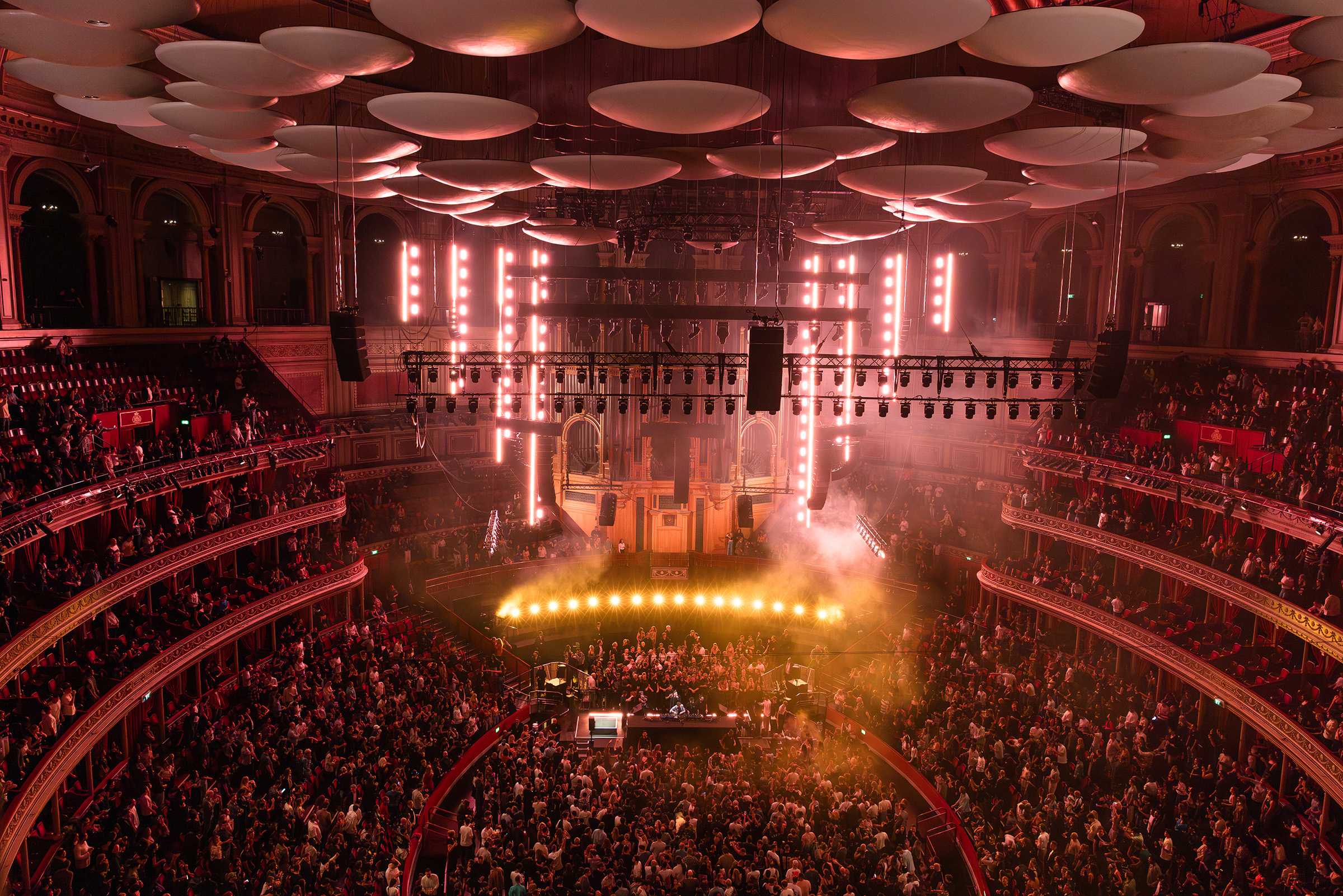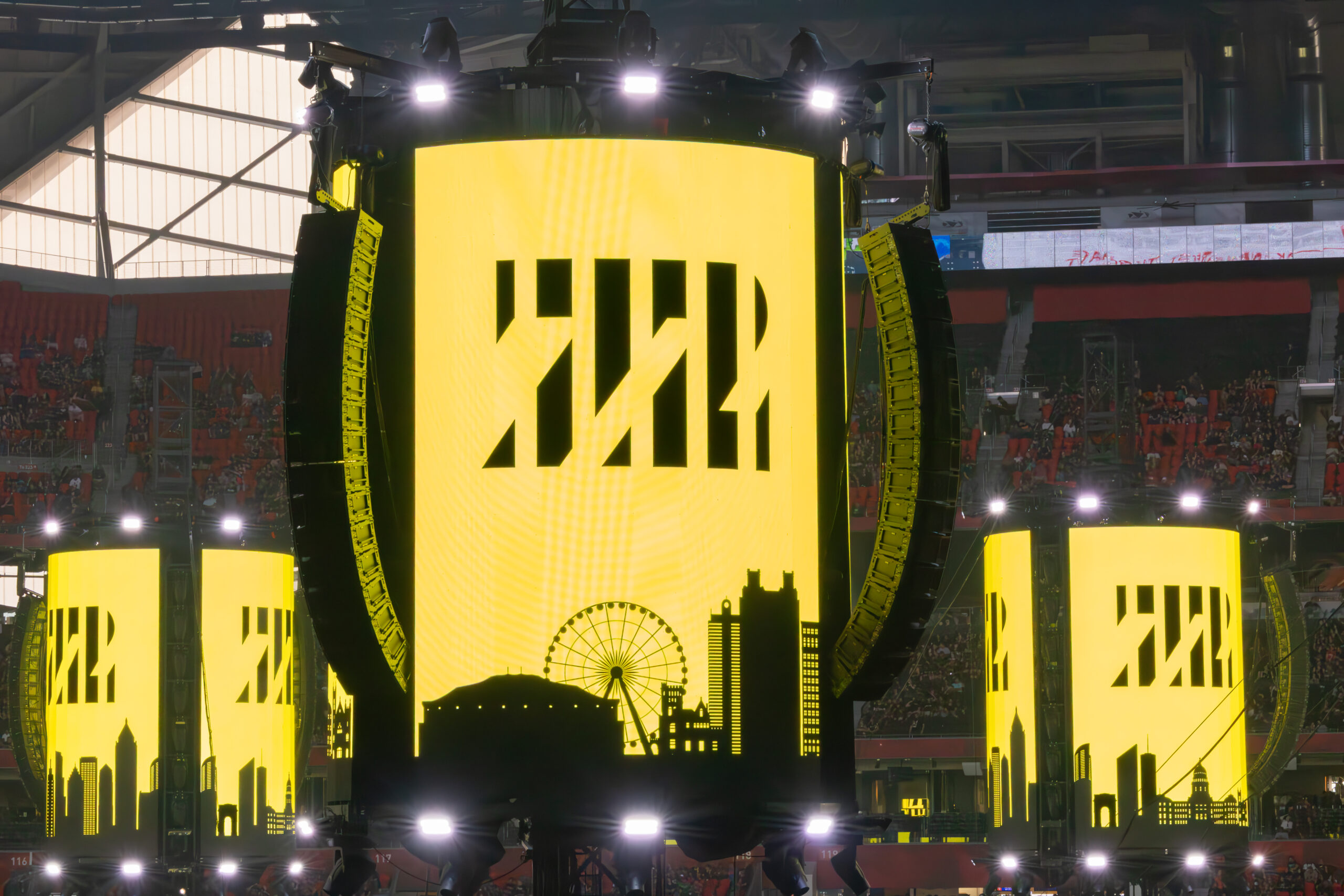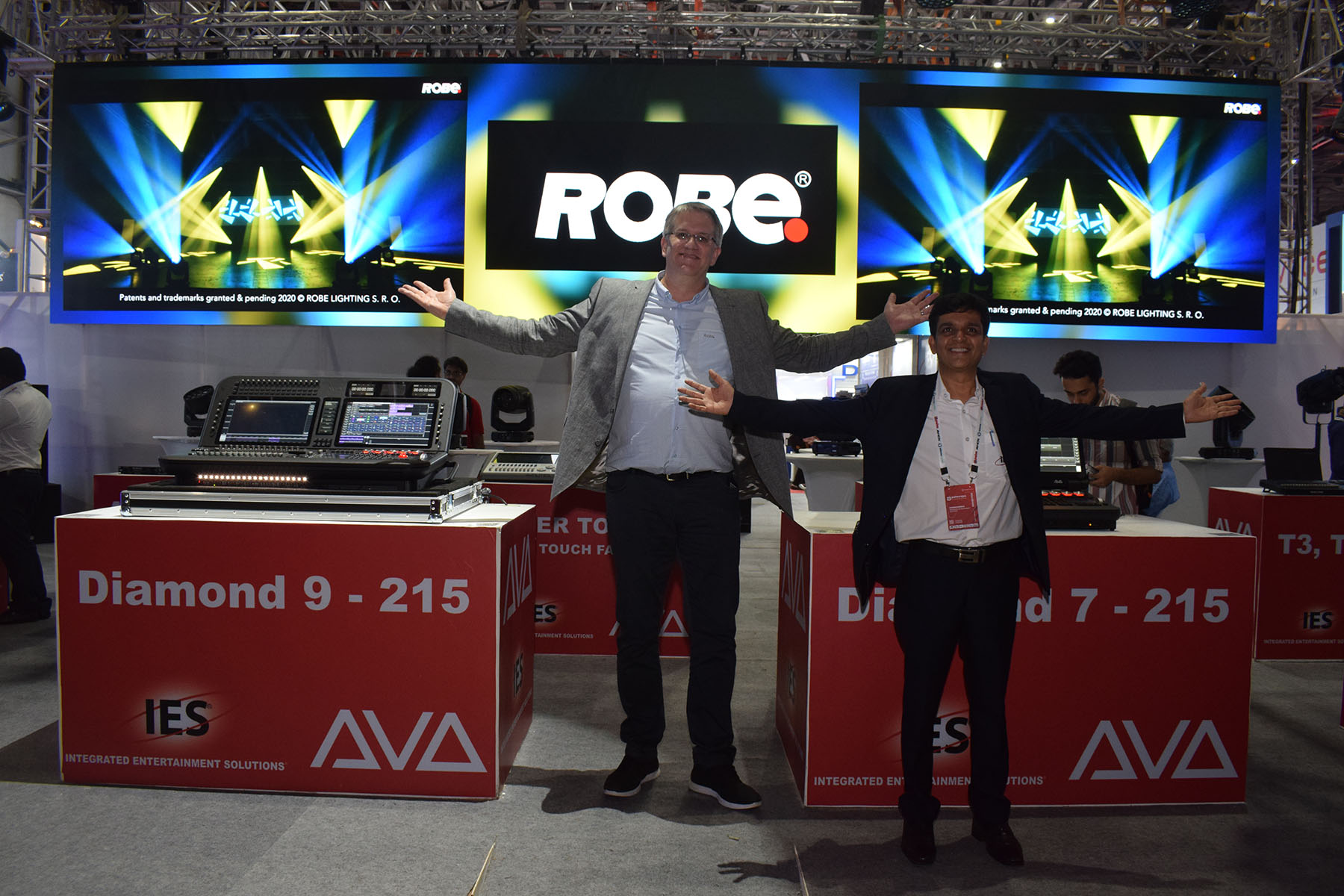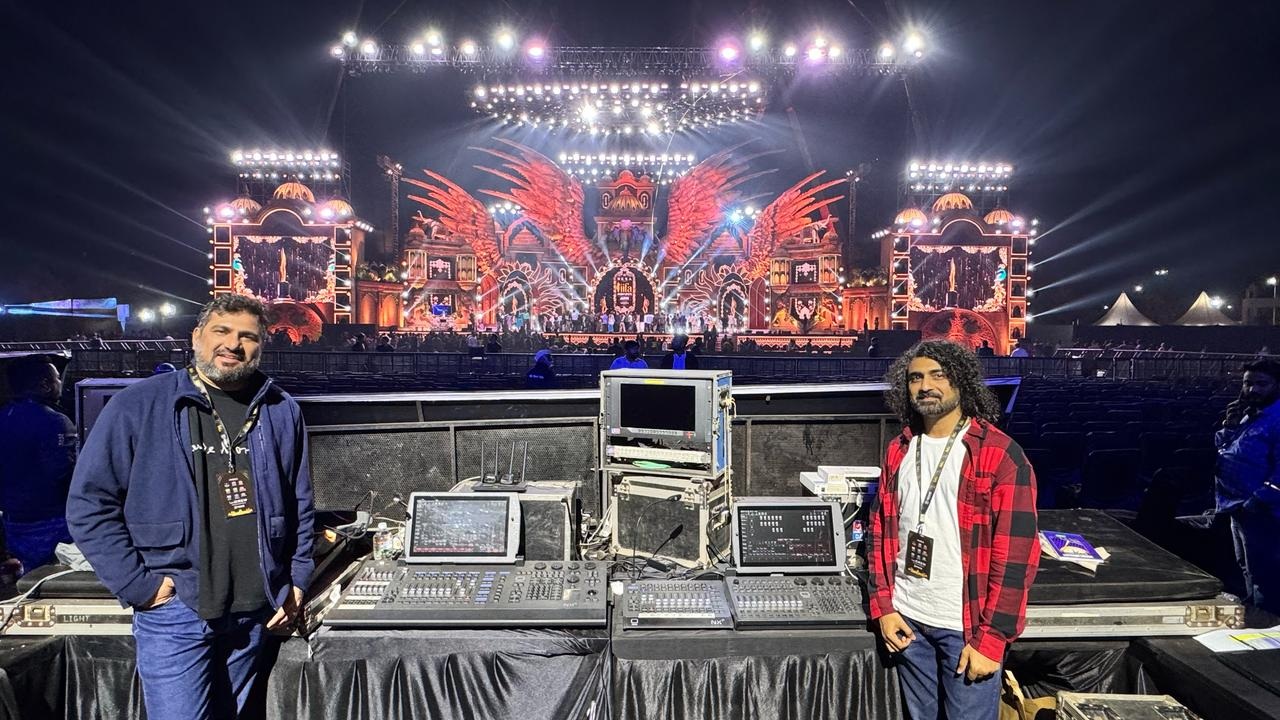JOHANNESBURG — LD Declan Randall opted to use an Eos console for the South African debut of Starlight Express at the Joburg Theatre Complex here. The setup includes an ETC Eos RPU (Remote Processor Unit), which will serve as backup, and ETC’s Net3 Gateways, which run eight DMX universes to support the high fixture count and data distribution required for the show. The desk also utilizes a wireless Ethernet network hub for remote control.
More details from ETC (www.etcconnect.com):
MIDDLETON, WI — The Eos console has claimed another first for the ETC family of lighting control products. Internationally acclaimed lighting designer Declan Randall decided to put the Eos to the test on the South African debut of Starlight Express, on a specially adapted stage at the Joburg Theatre Complex, Johannesburg.
“I have been using the ETC Eos platform for almost four years now, so it was an easy decision for me to use the Eos for Starlight Express,” says Randall.
Specified by Randall and supplied by ETC’s South African-based dealer Prosound, the system includes an ETC Eos RPU (Remote Processor Unit), which will serve as backup, and ETC’s Net3 Gateways to run the eight DMX universes to support the high fixture count and data distribution required for the show. The desk also utilizes a wireless Ethernet network hub for remote control.
Glenn Duncan, show programmer for Starlight Express says: “Starlight is a big, bold and complicated show, and Declan is known for lengthy cue lists, so we were about to really see what the desk could do.” And despite 923 lighting cues and more than 100 effects in the show, the desk was at ease.
 Says Randall: “Starlight Express is probably the most complicated show that I have ever had to light and program – there is so much happening all at once. Between the choreography and the narrative, we needed a desk that was able to make this process as simple as possible. There are sections of the show that require several effects to be running concurrently alongside multipart cross-fades, and Eos makes this part of the programming process really easy.”
Says Randall: “Starlight Express is probably the most complicated show that I have ever had to light and program – there is so much happening all at once. Between the choreography and the narrative, we needed a desk that was able to make this process as simple as possible. There are sections of the show that require several effects to be running concurrently alongside multipart cross-fades, and Eos makes this part of the programming process really easy.”
Combining both custom-designed graphics with the built-in media library allowed the team to generate fantastic lighting effects. The pixel-mapping portion of the software was also used extensively to control the PAR-can ‘matrix’ that comprised a big part of the visual design element of the show.
Randall continues: “There are certain features on the Eos that helped to speed up the programming process, such as the fact that you can apply an effect that you have created to any fixture, whether it is a generic or moving unit. All too often it happens that you have created an effect for the wash lights – only to realize that you now would like to use the same effect for the moving spots. On some desks, this would involve recreating the entire effect, but Eos goes a long way to simplifying this process. Another exciting feature of the Eos family is the new Magic Sheet functionality, which allows users to interact with both automated and conventional fixtures in an intuitive, visual way.”
Concludes Duncan: “Moving-light control has become more intuitive, and I still maintain the command syntax is the closest to English of any desks I know. We never found the desk lacking.”
Photos courtesy of Joburg Theatre:



